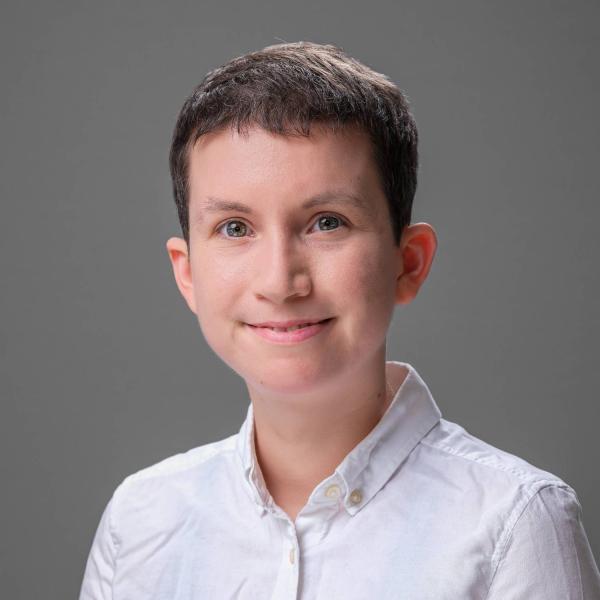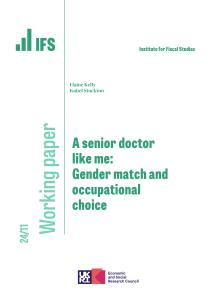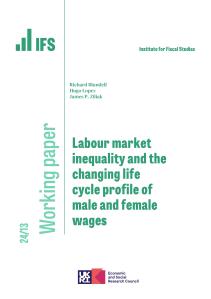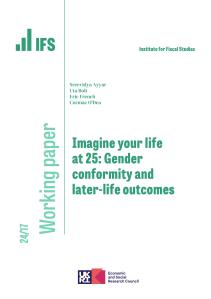Over the course of half a century, the share of women doctors has seen a huge increase. In the UK, fewer than three in ten students accepted to medical school in 1963 were women. Nowadays, women outnumber men among NHS doctors under the age of 50. However, this remarkable growth has not been evenly spread across different medical specialties; even when we focus on recent cohorts of junior doctors, some specialties are very gender-imbalanced. For example, in July 2019, 70% of doctors training in paediatrics were women. This contrasts with a share of just 35% of those training in any surgical specialty and 20% of those training in cardio-thoracic surgery. Figure 1 orders medical specialties by the share of women among consultants (the most senior doctors in the NHS) and, as well as plotting that share, plots the share of women among specialty trainees. While there is a larger share of women among trainees than among senior doctors in every specialty, the gender composition of specialties continues to vary hugely. There are similar patterns among doctors in other countries.
In the NHS, a doctor’s basic earnings do not depend on their specialty. However, in practice, pay does vary systematically, in part reflecting doctors in some specialties receiving higher rates of performance-related bonus payments and holding more clinical leadership roles. In other healthcare systems where contracts are less tightly regulated, such as the United States, the relationship is even more stark, with male-dominated specialties by far the best paid as well as the most prestigious (as we know from research in medicine and sociology). But the unequal share of women doctors across specialties matters not just because some women may be missing out on high-paid and fulfilling jobs within their professions, but because we as a society may be missing out on the best talent in the roles that they are best suited to.
New IFS research sheds light on the factors that affect female junior doctors’ choices about which specialty to train in. Before making this choice, junior doctors complete two years of Foundation training, which typically sees them rotate through placements in six different specialties. We show that the senior doctors they encounter during these placements matter: specifically, the fewer senior women present during the placement, the less likely junior women are subsequently to choose to train in the placement specialty.
This effect operates not just in specialties that are strongly gender-stereotyped, such as surgery. A female junior doctor completing a respiratory medicine placement in a department with very few senior women, for example, is subsequently less likely to train in respiratory medicine. This is despite the specialty as a whole not being particularly male-dominated, even at the senior level (37% women). In a sense, this is quite remarkable: having one or two more (or fewer) senior women present during a placement has a statistically detectable effect on junior women’s specialty choice, even though these are relatively short interactions, with a typical placement lasting only four months, and most junior doctors later going on to specialty training at a different hospital. Junior women who complete a placement alongside a male-dominated group of senior colleagues are less likely than junior men to subsequently choose to train in the specialty. A 10 percentage point increase in the share of senior women present can close about 40% of this gender gap in training choices – a sizeable effect.
We also show that it is not a remote, hugely impressive ‘figurehead’ who makes a good role model. The effects are most pronounced when senior women in the department are younger, more recently promoted, and less likely to be in receipt of performance-related top-ups to their pay. This suggests that access to, and relatability of, potential role models are important factors.
Contact with senior women is not a ‘silver bullet’: we show that the effect is more muted in specialties that have characteristics that we know, from other research, tend to be especially unfavourable to women. For example, we cannot detect an effect in specialties that involve the highest amount of on-call duties, such as cardio-thoracic surgery and intensive care medicine. In other words, being able to observe a senior woman specialist does not ‘override’ other considerations, and specialties that wish to attract more women – as the Royal College of Surgeons and the British Cardiovascular Society, for example, have committed to doing – will require more than just making sure would-be female specialty trainees have access to potential female role models. The large increase in the share of women doctors has been unequally spread across specialties. This phenomenon is not unique to medicine – a similar pattern is present in other high-skilled and prestigious professions such as law. Choosing a job is always complex and multifaceted, whatever your gender – but in this research we show that being able to observe a senior colleague ‘like you’ can make a real difference.











